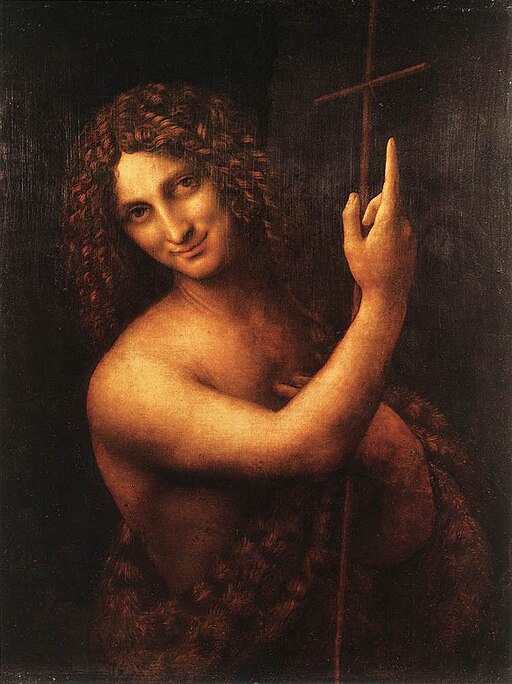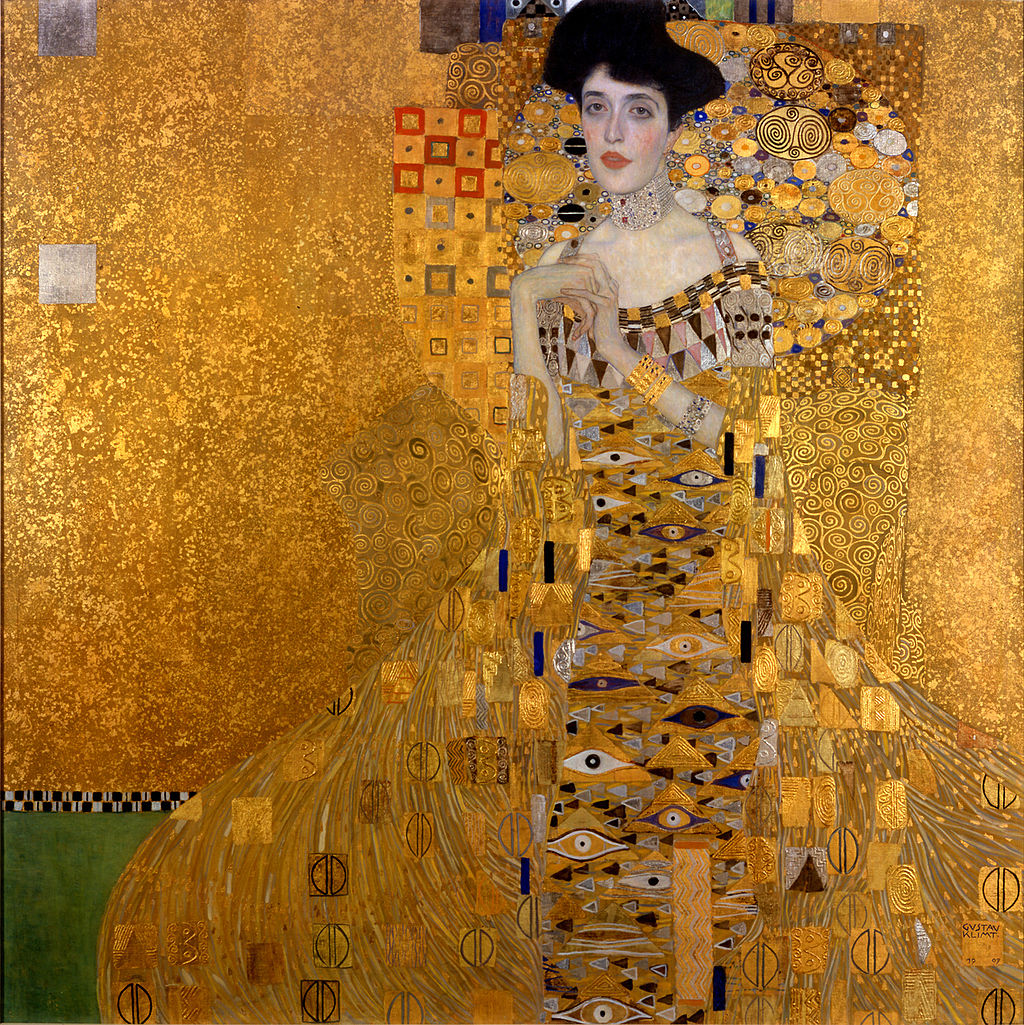
“Joshua passing the River Jordan with the Ark of the Covenant” by Benjamin West depicts a key event in Israel’s history. Just as crossing the Red Sea transformed the peoples of Israel from slavery to freedom, crossing the River Jordan into the Promised Land, transformed Israel into a nation.
After wandering in the desert 40 years, the Israelites finally approached the boundary of the Promised Land.
When the Israelites, led by Joshua toward the Promised Land, arrived at the banks of the Jordan river, the Ark was carried in front of the people and was the signal for their advance.
During the crossing, the river grew dry as soon as the feet of the priests carrying the Ark touched its waters, and remained so until the priests, with the Ark, left the river after the people had passed over.
On that day, God commanded the Israelites to commemorate and celebrate the occasion by erecting twelve stones with the text of the Torah engraved upon them.
The stones represented the Jewish nation’s twelve tribes and their gratitude for God’s gift of the Land of Israel.
As memorials, twelve stones were taken from the Jordan at the place where the priests had stood.
The rock details are in Benjamin West’s painting; however, the Ark is also shown uncovered, which is not in accordance with the Bible.
When carried, the Ark was always hidden under a large veil made of skins and blue cloth, always carefully concealed.
Yom HaAliyah (Aliyah Day) is an Israeli national holiday celebrated annually to commemorate the Israelites crossing the Jordan River into the Land of Israel while carrying the Ark of the Covenant.
Pillar of Cloud
A pillar of cloud was one of the manifestations of the presence of God. According to Exodus, the pillar of cloud guided the Israelites by day.
The pillar of cloud is traditionally paired with the manifestation of the divine presence by night as the pillar of fire, which provided light.
“By day the Lord went ahead of them in a pillar of cloud to guide them on their way and by night in a pillar of fire to give them light so that they could travel by day or night.”
– Exodus 13:21–22
Joshua
Joshua was a central figure in the Hebrew Bible. He was Moses’ assistant and became the leader of the Israelite tribes after the death of Moses. According to the Bible, he was born in Egypt before the Exodus.
At the Jordan River, the waters parted, as they had for Moses at the Red Sea. The first battle after the crossing of the Jordan was the Battle of Jericho. Joshua led the Israelite in the destruction of Jericho.
Ark of the Covenant
The Ark of the Covenant was a gold-covered wooden chest with lid cover described in the Book of Exodus as containing the two stone tablets of the Ten Commandments.
The biblical account relates that approximately one year after the Israelites’ exodus from Egypt, the Ark was created according to the pattern given to Moses by God when the Israelites were camped at the foot of Mount Sinai.
After that, the gold-plated Ark was carried in advance of the people when on the march or before the Israelite host of fighting men.
River Jordan
The Jordan River is a 251-kilometer-long (156 mi) river in the Middle East that flows roughly north to south through the Sea of Galilee and on to the Dead Sea.
Jordan and the Golan Heights border the river to the east, while the West Bank and Israel lie to its west. Both Jordan and the West Bank take their names from the river.
The river holds major significance in Judaism and Christianity since the Bible says that the Israelites crossed it into the Promised Land and that Jesus of Nazareth was baptized by John the Baptist in it.
Joshua passing the River Jordan with the Ark of the Covenant
- Title: Joshua passing the River Jordan with the Ark of the Covenant
- Artist: Benjamin West
- Year: 1800
- Medium: oil on wood
- Dimensions: Height: 677 mm (26.65 in); Width: 895 mm (35.23 in)
- Type: Biblical Painting
- Museum: Art Gallery of New South Wales
Benjamin West
Benjamin West (1738 – 1820) was a British North American artist who painted famous historical scenes. West was born in Springfield, Pennsylvania, as the tenth child of an innkeeper and his wife.
He was entirely self-taught and went on to gain valuable patronage in the American Colonies. Later he toured Europe, eventually settling in London.
West became known for his history paintings, which used expressive figures, colors, and compositional schemes to help the spectator to identify with the scene represented.
He impressed King George III and was mostly responsible for the launch of the Royal Academy, of which he became the second president after Sir Joshua Reynolds.
He was appointed historical painter to the court and Surveyor of the King’s Pictures.
Benjamin West
- Name: Benjamin West
- Born: 1738 – Springfield, Province of Pennsylvania
- Died: 1820 (aged 81) – London, United Kingdom
- Notable works:
- Death of General Wolfe
- The Death of Nelson
- Self-Portrait
- Benjamin Franklin Drawing Electricity from the Sky
- American Commissioners of the Preliminary Peace Agreement with Great Britain
- Joshua passing the River Jordan with the Ark of the Covenant
A Virtual Tour of Famous Bible Paintings
- The Creation Of Adam – Michelangelo
- The Last Supper – Leonardo da Vinci
- Pietà by Michelangelo
- “The Holy Trinity” by El Greco
- “Christ in the House of His Parents” by John Everett Millais
- Saint Helena by Andrea Bolgi
- Saint Longinus by Bernini
- Saint Andrew by Francois Duquesnoy
- Saint Veronica by Francesco Mochi
- “Saint Michael and the Dragon” by the Sienese School
- Black St George Icon
- “The Repentant Saint Peter” by El Greco
- “The Tears of Saint Peter” by El Greco
- “Saint Jerome as Scholar” by El Greco (The MET)
- “Saint Jerome Penitent” by El Greco
- “Saint Francis in the Desert” by Giovanni Bellini
- “Saint Luke painting the Virgin” by Master of the Holy Blood
- “Christ Falling on the Way to Calvary” by Raphael
- “Crucifixion” by Giovanni Donato da Montorfano
- Crucifixion Diptych” by Rogier van der Weyden
- “The Virgin and Child with St. Anne” by Leonardo da Vinci
- The Crucifixion and The Last Judgment Diptych by Jan van Eyck (MET)
- Annunciation Triptych (Merode Altarpiece) by Robert Campin (MET)
- The Belles Heures of Jean of France, Duke of Berry
- Wilton Diptych
- “The Raising of Lazarus” by Sebastiano del Piombo
- “Salvator Mundi” by Albrecht Dürer
- “Salvator Mundi” by Andrea Previtali
- “Baptism of Christ” by Jacopo Bassano
- “Crucifix” by Master of Saint Francis
- “The Virgin and Child” by Master of the Clarisse
- “The Virgin and Child Enthroned, with Narrative Scenes” by Margarito d’Arezzo
- “Samson and Delilah” by Peter Paul Rubens
- “The Annunciation” by Duccio
- “The Healing of the Man Born Blind” by Duccio
- Christ by Emmanuel Lambardos
- Pilgrim’s Bottle of Saint Menas
- “Massacre of the Innocents” by Peter Paul Rubens
- “Christ and the Woman of Samaria” by Rembrandt
- “The Last Supper” by Ugolino di Nerio
- “The Madonna of the Pinks” by Raphael
- “Mary Magdalene” by Girolamo Savoldo
- “Supper at Emmaus” by Caravaggio
- “Virgin of the Rocks” by Leonardo da Vinci
- “Saint George and the Dragon” by Tintoretto
- Madonna in the Meadow by Raphael
- The Alba Madonna by Raphael
- Small Cowper Madonna by Raphael
- “Adoration of the Magi” by Botticelli
- “Judith Slaying Holofernes” by Artemisia Gentileschi
- “Christ in the House of Martha and Mary” by Diego Velázquez
- “The Finding of the Savior in the Temple” by William Holman Hunt
- Maestà by Duccio
- Susanna and the Elders
- “Susanna and the Elders” by Lorenzo Lotto – 1517 – Uffizi Gallery, Florence
- Susanna and the Elders by Artemisia Gentileschi – 1610 – Schloss Weissenstein
- Susanna and the Elders by Francesco Ciseri – 1625 – Auckland Art Gallery Toi o Tāmaki
- Susannah and the Elders by Massimo Stanzione – 1643 – Städel Museum
- Susannah and the Elders by Rembrandt – 1647 – Gemäldegalerie, Berlin
- Susannah and the Elders by Giuseppe Bartolomeo Chiari – 1727 – Walters Art Museum
- The Finding of Moses
- “The Finding of Moses” by Lawrence Alma-Tadema – 1904 – Private Collection, New York
- “Moses saved from the Waters” by Orazio Gentileschi – 1633 – Museo Nacional del Prado
- “Moses saved from the Waters” by Nicolas Poussin – 1647 – Louvre Museum
- “Moses saved from the Waters” by Bonifazio Veronese – 1545 – Pinacoteca di Brera – Brera Art Gallery
- “The Finding of Moses” by Giovanni Battista Tiepolo – 1730 – Scottish National Gallery
- “Belshazzar’s Feast” by Rembrandt
- 10 Famous Madonna and Child Paintings by Raphael
- “The Niccolini-Cowper Madonna” by Raphael – National Gallery of Art, DC
- “Madonna and Child with the Book” by Raphael – Norton Simon Museum
- “Solly Madonna” by Raphael – Gemäldegalerie, Berlin
- “Colonna Madonna” by Raphael – Gemäldegalerie, Berlin
- “Conestabile Madonna” by Raphael – Hermitage Museum, Saint Petersburg
- “Madonna del Granduca” by Raphael – Palazzo Pitti, Florence
- “Madonna in the Meadow” by Raphael – Kunsthistorisches Museum
- “The Alba Madonna” by Raphael – National Gallery of Art, Washington, D.C.
- “Small Cowper Madonna” by Raphael – National Gallery of Art, Washington, D.C.
- “The Madonna of the Pinks” by Raphael – National Gallery, London
- “Moses with the Tablets of the Law” by Rembrandt
- Biblical Art by Anthony van Dyck
- Samson and Delilah” by Anthony van Dyck – Kunsthistorisches Museum
- “Christ Crowned with Thorns” by Anthony van Dyck – Prado Museum
- “The Rest on The Flight into Egypt” by Anthony van Dyck – Alte Pinakothek
- “The Prodigal Son” by Rembrandt
- “The Prodigal Son in the Brothel” by Rembrandt
- “The Raising of Lazarus” by Rembrandt
- “The Raising of Lazarus” by Vincent van Gogh
- “The Woman Taken in Adultery” by Rembrandt
- “The Feast in the House of Levi” by Paolo Veronese
- “The Wedding at Cana” by Paolo Veronese
- “Madonna of the Carnation” by Leonardo da Vinci
- “Joshua passing the River Jordan with the Ark of the Covenant” by Benjamin West
A Tour of the Art Gallery of New South Wales
- “The Visit of the Queen of Sheba to King Solomon” by Edward Poynter
- “Vive L’Empereur” by Edouard Detaille
- “Bailed Up” by Tom Roberts
- “Cymon and Iphigenia” by Lord Frederic Leighton
- “Summer Time” by Rupert Bunny
- Diogenes by John William Waterhouse
When the Jordan River Stopped for Joshua
Here Joshua and the twelve tribes crossed the Jordan River
Standing Stones
~~~
“To recognize great talent, we must encourage dreamers.”
– Benjamin West
~~~
Photo Credit: Benjamin West [Public domain], via Wikimedia Commons;
Popular this Week








 Sponsor your Favorite Page
Sponsor your Favorite Page SEARCH Search for: Search Follow UsJoin – The JOM Membership Program
Sponsor a Masterpiece with YOUR NAME CHOICE for $5
Share this:
- Tweet
